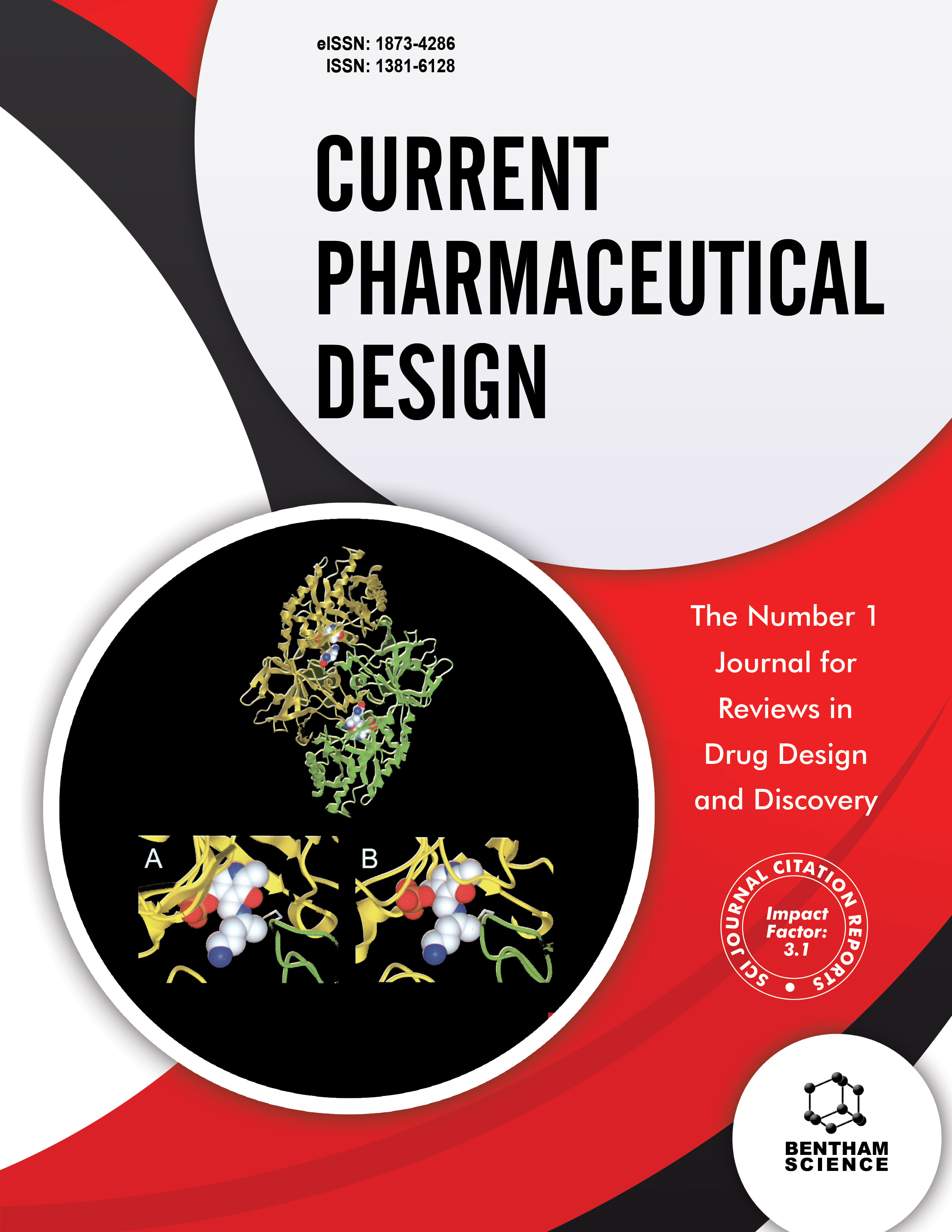-
oa Editorial [Hot topic: Adipocytokines in Nonalcoholic Fatty Liver Disease: Key Players Regulating Steatosis, Inflammation and Fibrosis (Executive Editor: Herbert Tilg)]
- Source: Current Pharmaceutical Design, Volume 16, Issue 17, Jun 2010, p. 1893 - 1895
-
- 01 Jun 2010
- Previous Article
- Table of Contents
- Next Article
Abstract
Nonalcoholic fatty liver disease (NAFLD) represents the hepatic manifestation of the metabolic syndrome and covers a large spectrum of liver diseases ranging from benign steatosis to steatohepatitis, cirrhosis and hepatocellular carcinoma. The pathogenesis of NAFLD is currently believed to involve various hits including lipotoxicity, gut-derived signals, inflammatory attacks directed by pro-inflammatory cytokines, oxidative stress and others. All these factors finally lead to the development of necroinflammation and fibrosis in a substantial proportion of patients. There is increasing evidence that mediators released from the adipose tissue in obese subjects, such as adipocytokines and classical cytokines, are key players in NAFLD. The prototypic adipocytokines adiponectin and leptin are able to regulate many features of NAFLD such as accumulation of liver fat, insulin resistance, inflammatory processes and development of fibrosis. Therefore, this heterogenous and rapidly growing family of mediators elegantly explains many aspects of NAFLD as demonstrated by numerous experimental and clinical studies.


